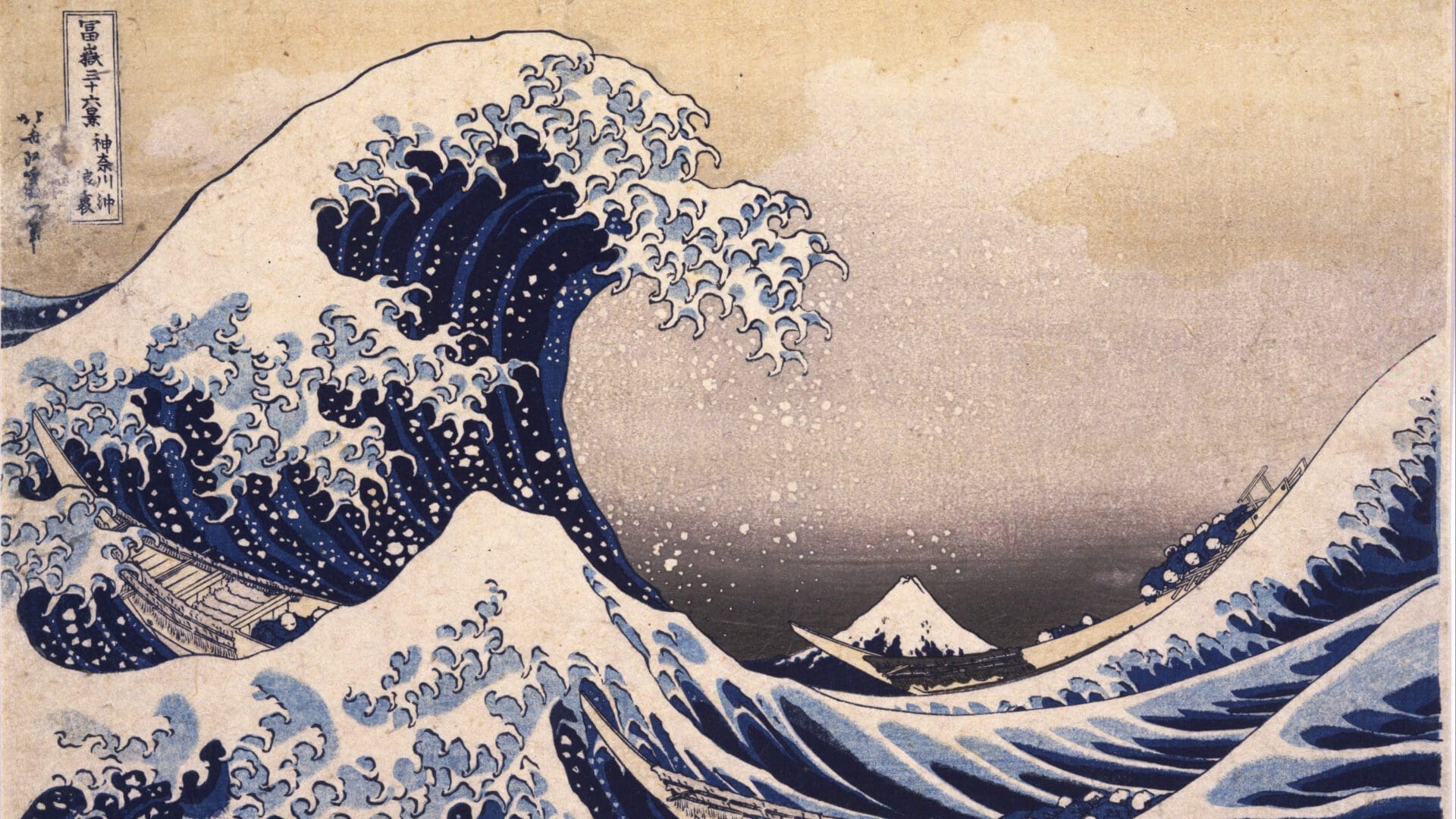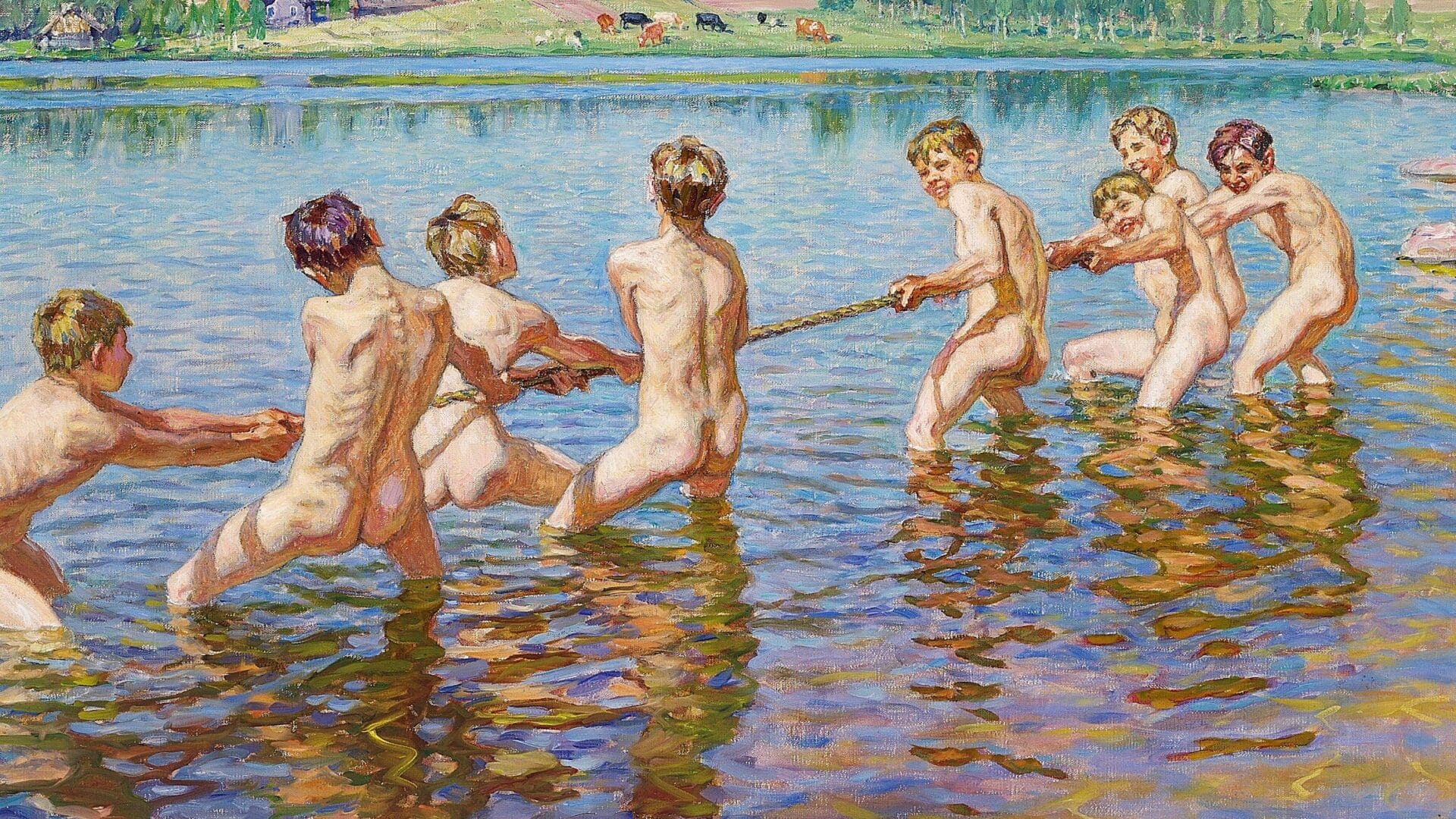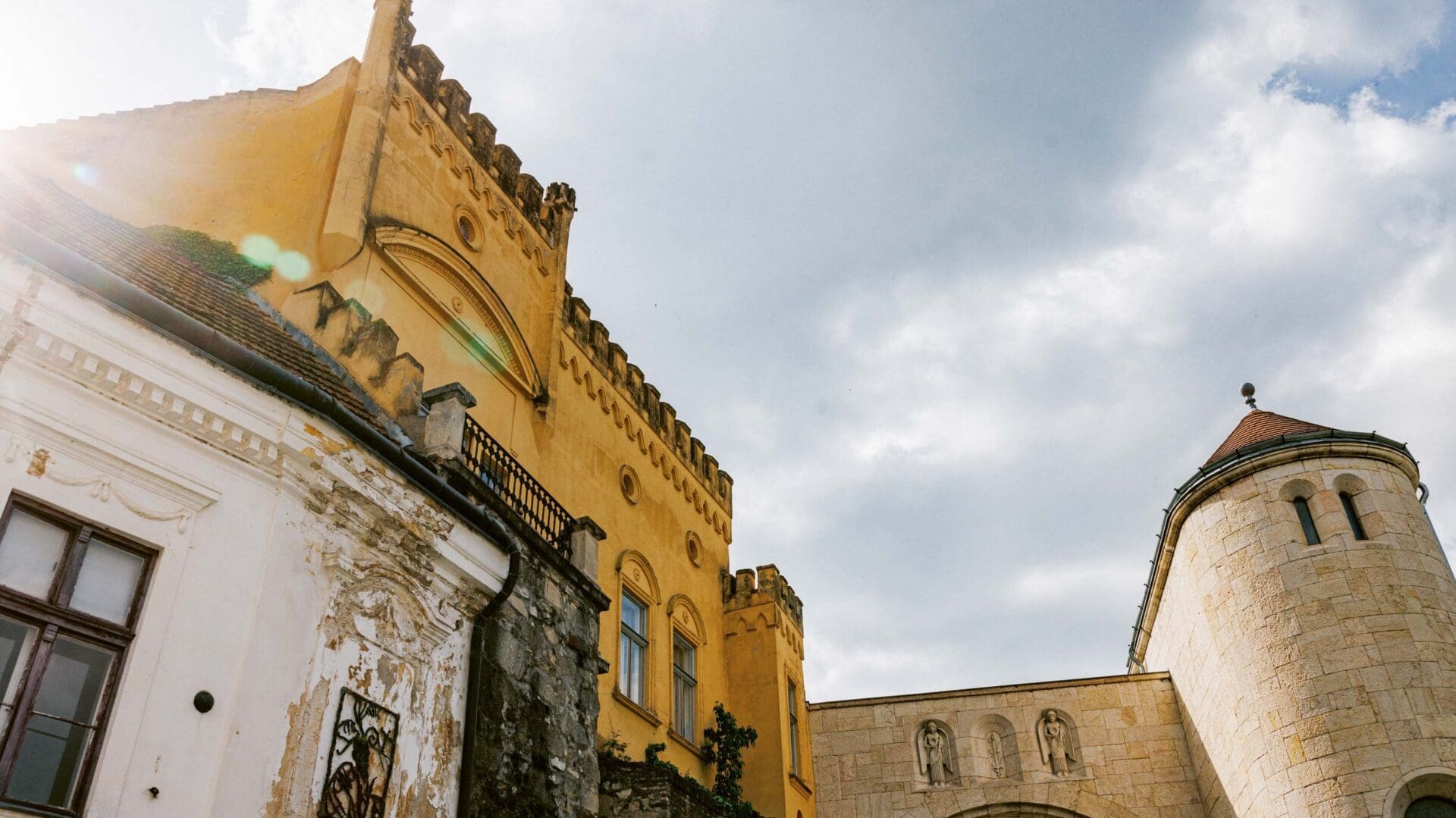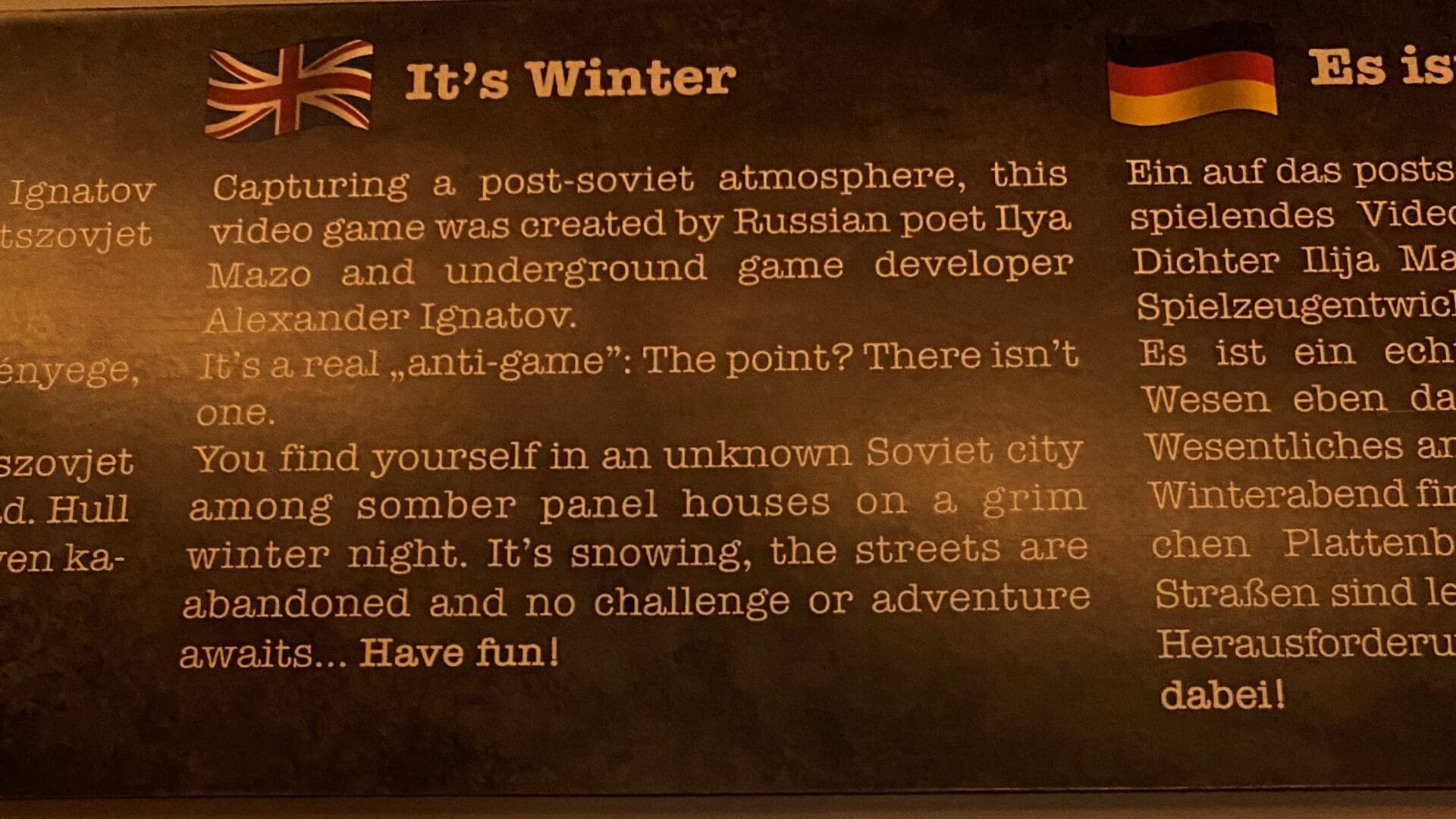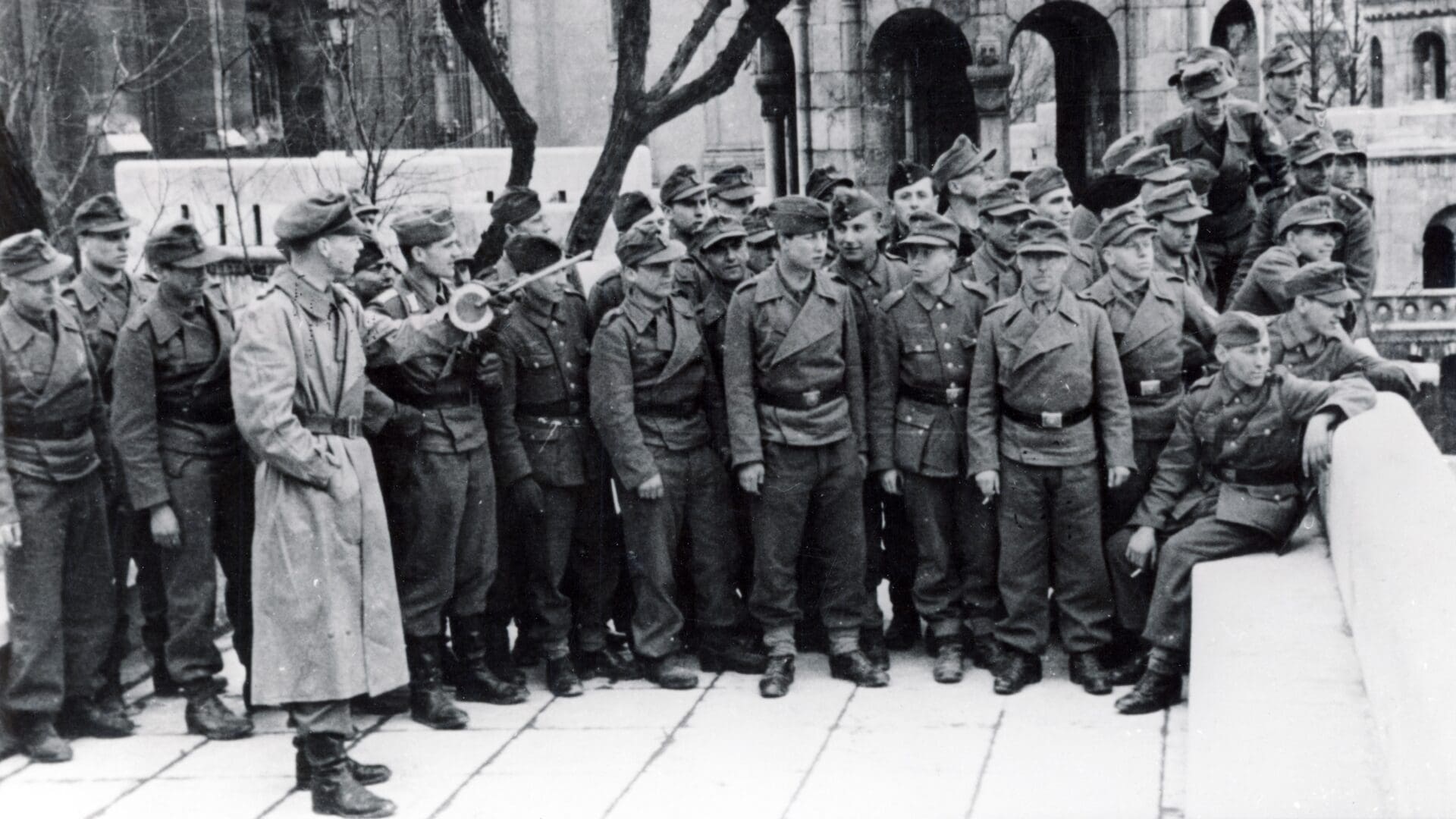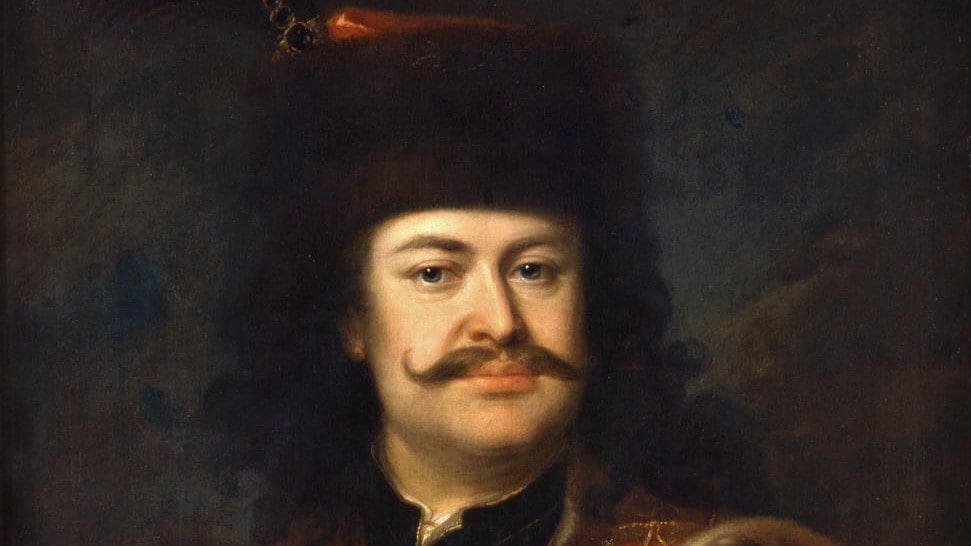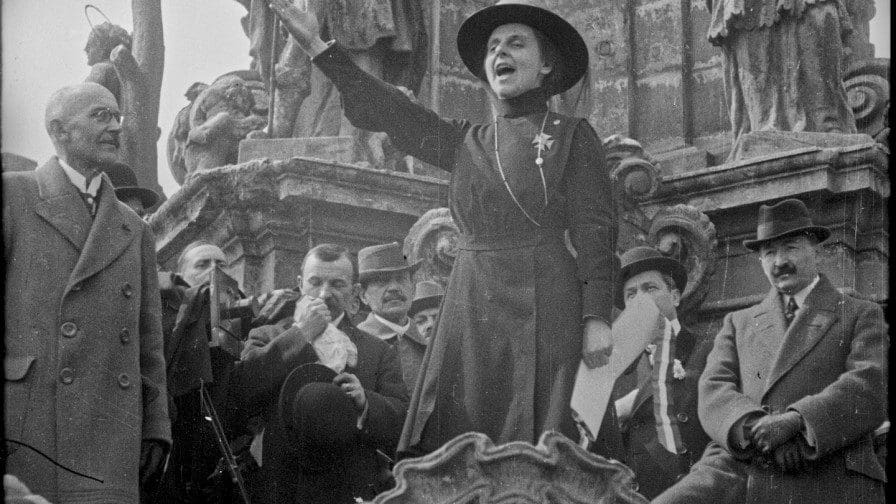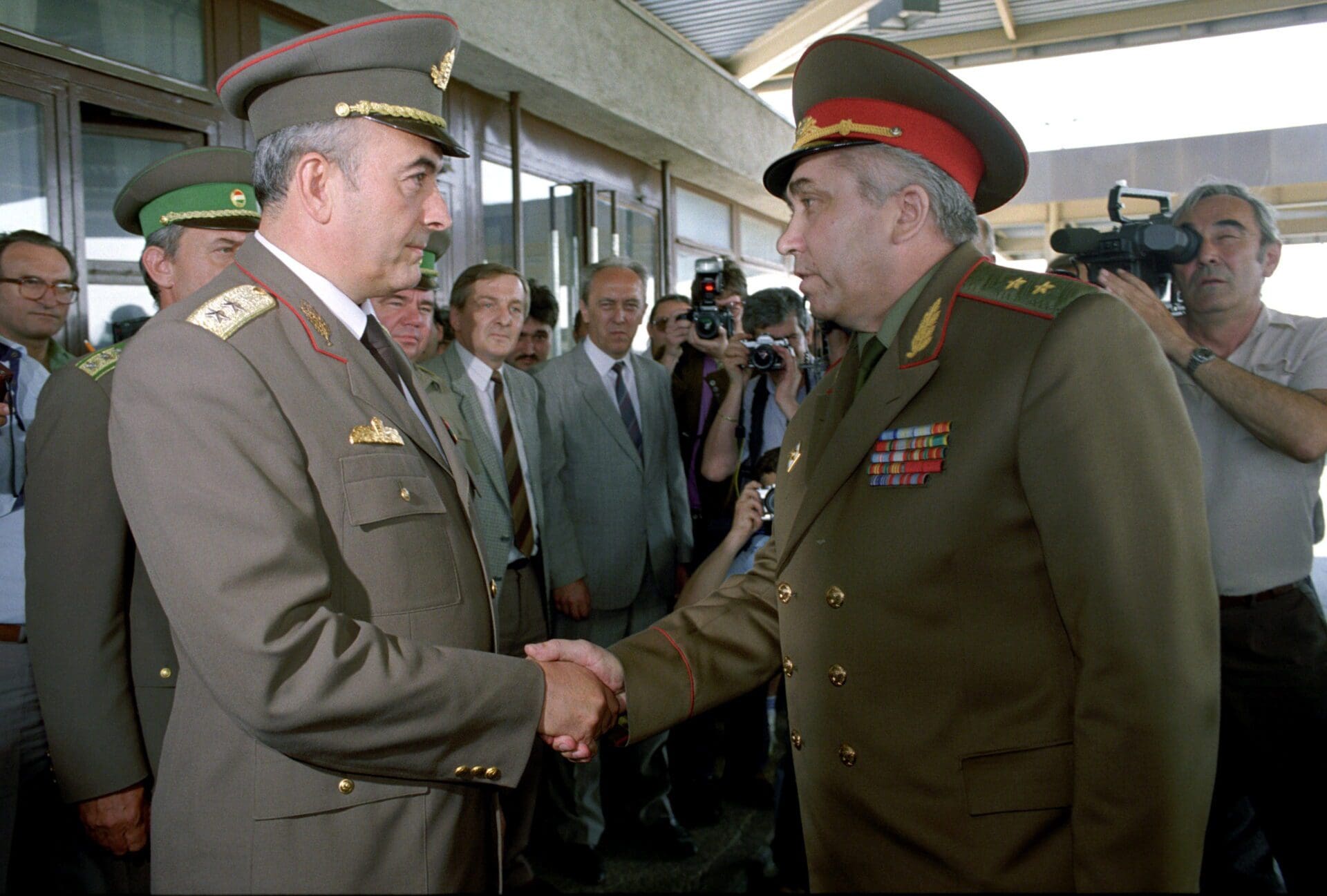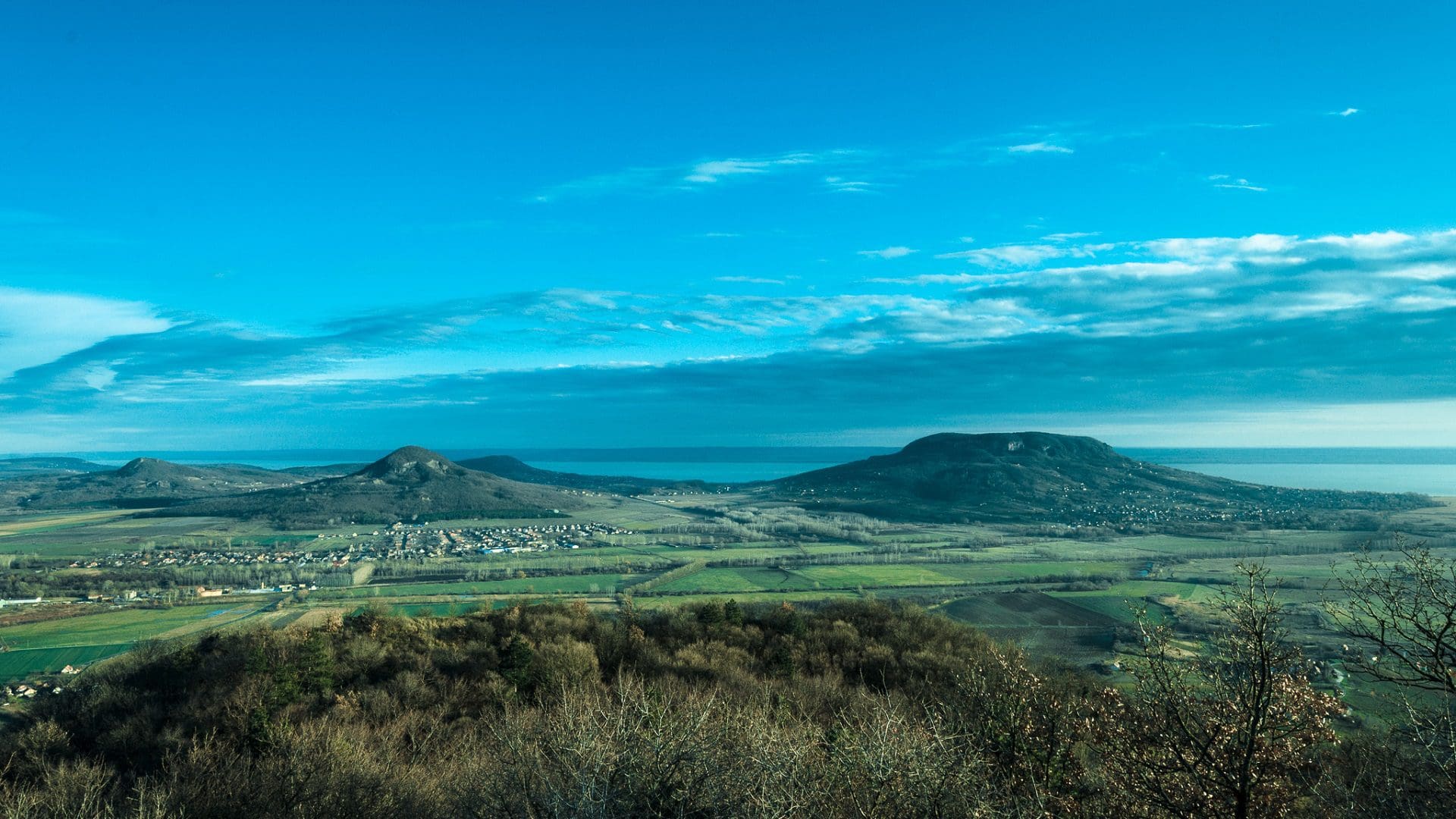
The Essential Hungarian Landscape — A Praise of the Balaton Uplands
Year after year, tens of thousands of Hungarians make a pilgrimage to the Balaton Uplands, considered by many to be the most beautiful Hungarian region. Dear international reader, if you would like to come to Hungary, but you are already bored with Budapest—head to the Balaton Uplands, and recharge your batteries!

